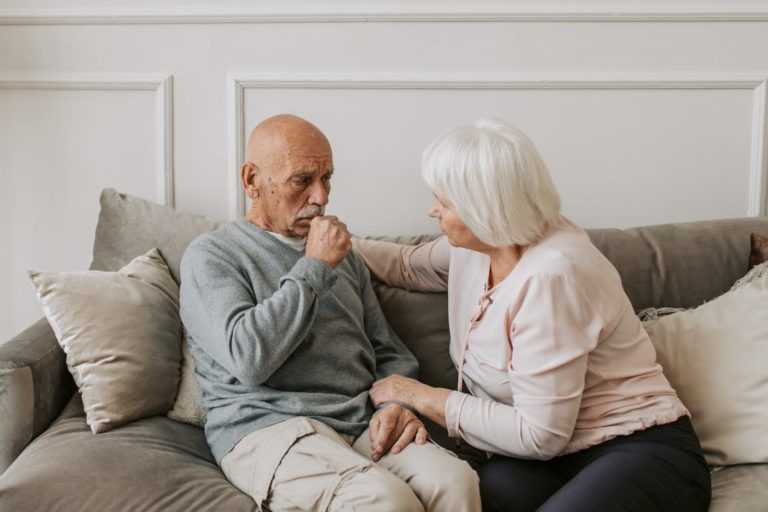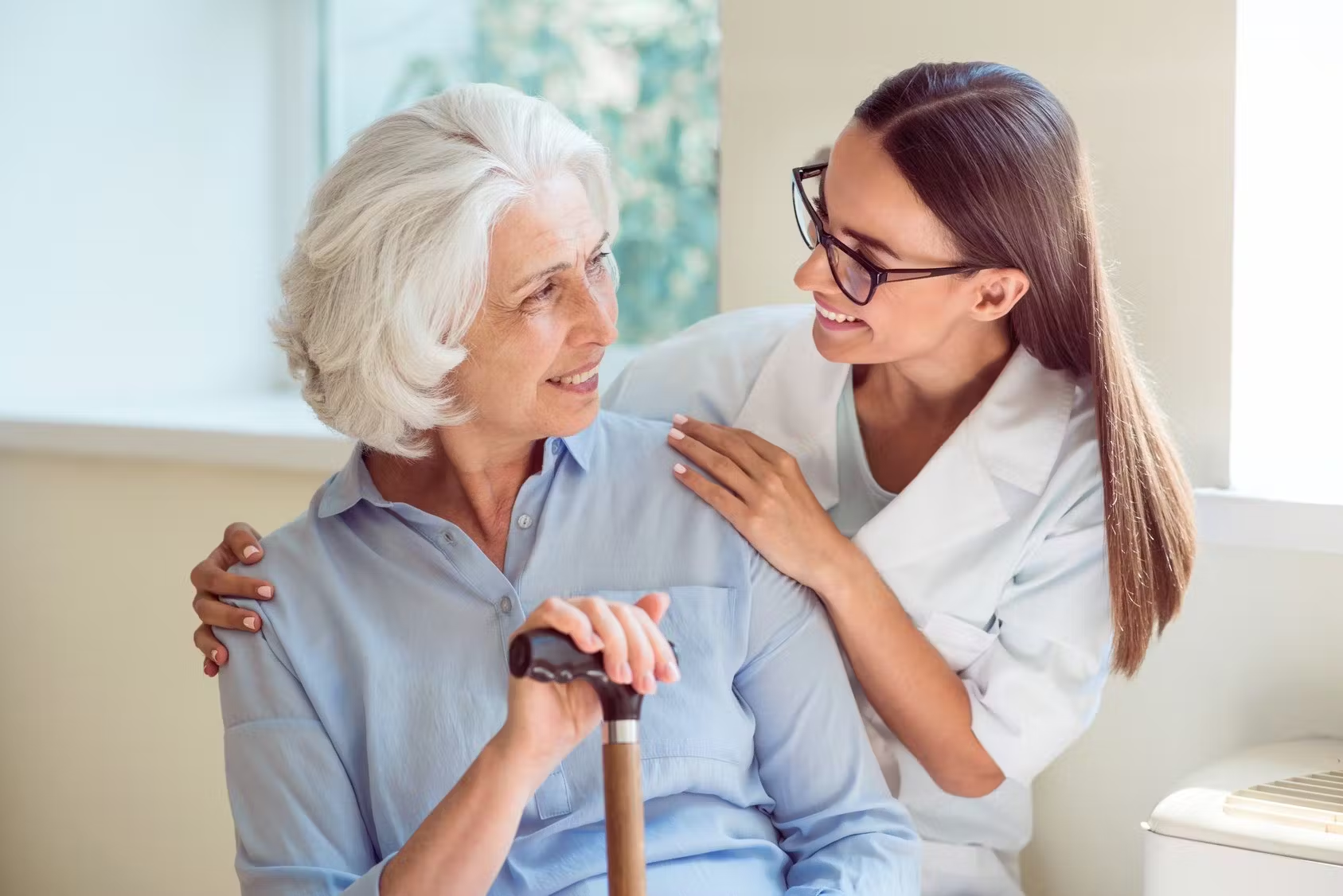
Parkinson’s disease is a long-term condition that gradually affects your nervous system, making movement harder. It usually affects people over 50 and the condition gets worse over time. Understanding the causes and symptoms of Parkinson’s disease can help you get the right treatment for yourself and your loved ones.
The exact cause of Parkinson’s disease isn’t fully understood in most cases, but it involves a combination of factors. Here’s what we know:
Parkinson’s occurs when dopamine-producing neurons in the substantia nigra degenerate, disrupting movement control. Symptoms appear after about 50–60% of these cells are lost.
Around 10% of cases are inherited, involving genes like SNCA, LRRK2, and PINK1. Some gene mutations are linked to early-onset Parkinson’s.
Exposure to toxins such as pesticides, herbicides, and certain chemicals increases risk.
Age (especially 60+), male gender, and repeated head injuries also raise the likelihood of developing Parkinson’s.


While there’s no cure, treatments focus on managing symptoms:
1. Medications:
2. Surgery:
3. Rehabilitation:
4. Additional Therapies:
Regular exercise, a balanced diet, support groups, and activities like yoga, tai chi, and massage help improve well-being and quality of life.
Lotus Disability Care offers a space where those with Parkinson’s can find comfort and connection. Through shared moments, gentle walks, and heartfelt activities, we aim to help express emotions and brighten each day. We wish to be a companion on your healing journey, making each step lighter and filled with warmth.

My Lotus Care Group supports a number of families living with ASD We provide support and education for families including:
To find out more please contact info@mylotus.com.au.